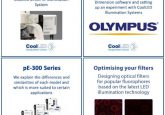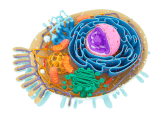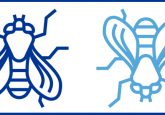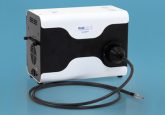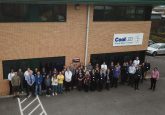How LEDs can minimize photodamage in fluorescence microscopy
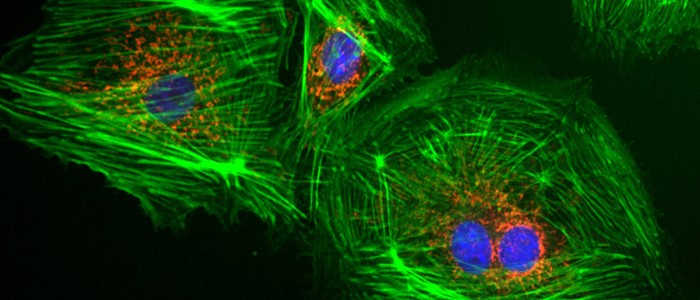
Fluorescence microscopy involves exposing samples to unnatural levels of light, which can damage their behavior in subtle ways, as well as cutting analysis short with photobleaching.
Understanding and awareness of this problem are spreading and in the new CoolLED white paper, you can find out how to improve your fluorescence microscopy experiments by making use of LED illumination.
Read the new CoolLED white paper to learn:
- Photodamage is not always obvious but can still skew results
- Mercury or metal halide lamps can easily damage samples
- LEDs reduce photodamage via control & TTL camera synchronization
- Also important when setting up confocal experiments
Download the white paper to learn about photodamage here>>
This content was supplied by CoolLED.
